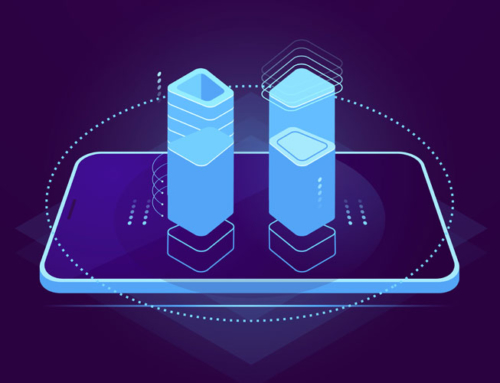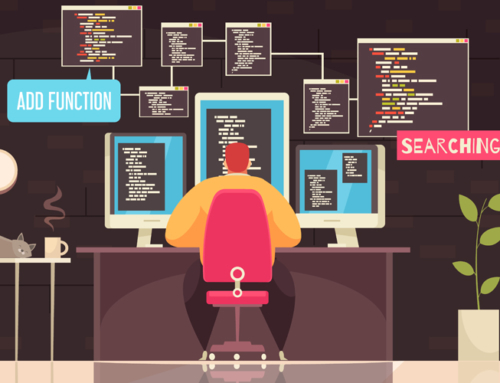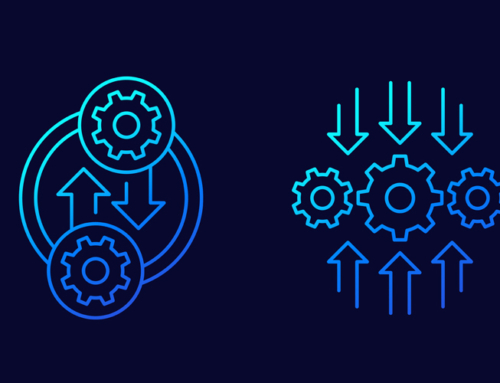Application development environments are evolving quicker than ever before. This also means the threats that they face are changing just as rapidly.
The cybersecurity tools and best practices we were using years ago no longer match the reality of today’s security threats. Your team needs to stay up-to-date on the current facts about cybersecurity threats to API and apps.
We’ve put together 3 misconceptions about application and API security that are holding most development teams back.
Misconceptions About API Security
Popular information about web application security is always changing. This means that there are plenty of opportunities to pick up misconceptions along the way.
We’re going to cover the three biggest misconceptions about application and API security.
1. All I Need is a WAF
WAF, also known as a Web Application Firewall, monitors all data packets entering your application. This is a powerful and highly effective security tool, but it does have its limitations.
A Web Application Firewall has limited capabilities when it comes to preventing unknown types of attacks. To put it simply, if the firewall doesn’t know what it’s looking for, it can’t prevent the attack.
Cybersecurity threats have also become more sophisticated. An enterprising hacker can craft a sophisticated attack that can bypass a WAF.
Then there’s the threat of a zero-day attack. These are some of the most devastating cybersecurity threats as they tend to catch entire dev teams off guard. Your Web Application Firewall will not protect against a zero-day attack.
A WAF is a vital aspect of your overall application security, but it can’t be the only piece of that security.
2. All App Security Has Moved Into the Pipeline
It’s true that most application security has moved into the pipeline. You’ll find some of the most robust and sophisticated security tools have fully integrated into the CI/CD pipeline. However, there’s still a lot of security value to be found in having cybersecurity measures outside of the application pipeline.
A runtime security engine exists outside of the CI/CD pipeline, but plays a vital role in your overall cybersecurity. Runtime security tools protect your application while they are running. You can think about them as monitoring “external” threats that can’t be detected by security measures confined inside the app pipeline.
3. AppSec is Too Complicated to Configure
This misconception is based on the history of AppSec security tools.
Some of the earliest AppSec security tools were incredibly difficult to configure. Some of them even struggled to successfully operate after multiple attempts at configuring. However, things have changed a lot over the years.
Modern application security tools are easier to configure. Many of these tools have even automated aspects of their configuration making them about as close to plug in play as AppSec can get.
Today’s AppSec tools can be quickly and thoroughly configured to meet the security needs and specifications of your application.
Why These API Security Misconceptions Matter
At the end of the day, the single most important security tool you have is the information that your development team has about the current state of cybersecurity. Out-of-date cybersecurity information will have your team preparing for a threat landscape that does not represent what your application is going to be facing.
These cybersecurity misconceptions create vulnerabilities throughout your entire application pipeline. It’s easy to fall into a comfortable groove when it comes to web app security, but your team can keep things that much more secure by staying up-to-date.
After all, you wouldn’t let your software go too long without an upgrade. So, why not upgrade your knowledge about web application security just as regularly?
Going Beyond Information
Now that you know the biggest misconceptions for app and API security, you need the tools that can make your knowledge more impactful. Knowing these mistakes allows you to effectively implement the cybersecurity tools your business needs to realize the potential of shift left design.
Today’s cybersecurity tools look at both the code that makes up your application and the runtime environment that your apps will ultimately exist in. The ideal cybersecurity tool uses both code-level analysis and provides Runtime Application Self-Protection.
RASP is a powerful security tool that provides automatic protection for your app while it is active in a runtime environment. Most RASP tools can even be customized for different threat modeling needs.
That ease of configuration we mentioned earlier does one more important thing for your dev team. Older security tools with poor customization options create an overload of red flags that your teams will need to address.
A properly configured security tool minimized false alarms and lets your dev team focus on their deliverables.




